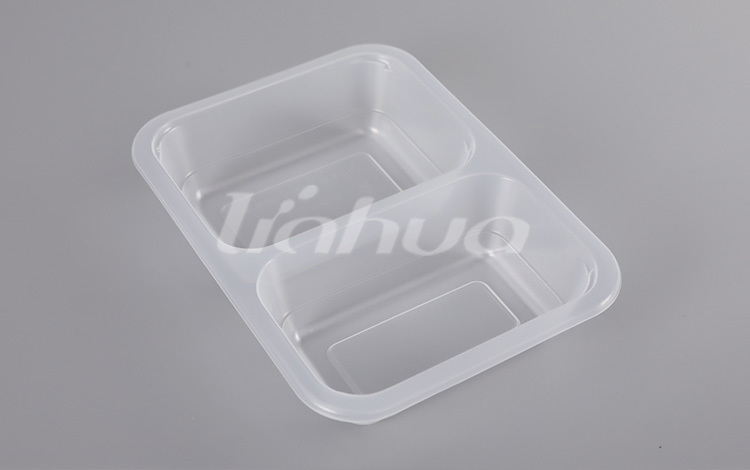What are the environmental benefits of using MAP packaging trays compared to traditional packaging methods?
Modified Atmosphere Packaging (MAP) trays offer several environmental benefits when compared to traditional packaging methods, including:
1.Reduced Food Waste:
MAP trays create a controlled atmosphere that slows down the degradation of perishable products, thereby extending their shelf life. By minimizing spoilage and waste, valuable resources invested in the production, transportation, and storage of these products are optimized, leading to a reduction in overall environmental impact.
2.Energy Efficiency:
The production of MAP trays often requires less energy compared to traditional materials like glass or metal. Lower production energy translates to reduced carbon emissions, contributing to a more energy-efficient and environmentally friendly packaging solution.
3.Lightweight:
MAP trays are typically lightweight, which reduces the weight of packages during transportation. Lighter packages require less fuel for shipping, leading to reduced fuel consumption and lower emissions. This weight reduction also enhances the efficiency of the entire supply chain.
4.Recyclability:
Many MAP trays are made from recyclable materials such as PET (polyethylene terephthalate) or HDPE (high-density polyethylene), making them environmentally sustainable. When consumers recycle these trays, it reduces the demand for new raw materials and minimizes the burden on landfills.
5.Space Efficiency:
MAP trays are designed to optimize storage space in retail environments and warehouses. Efficient space utilization reduces the need for additional storage facilities, saving energy that would be used for heating, cooling, and lighting, and thereby lowering the overall carbon footprint.
6.Reduced Chemical Usage:
MAP trays allow for a modified atmosphere within the packaging, which can reduce the need for preservatives and chemical additives in food products. This shift towards natural preservation methods aligns with consumer preferences for healthier, additive-free foods, contributing to a more sustainable and eco-conscious packaging approach.
7.Lower Emissions:
The reduced weight of MAP trays and the extended shelf life of products lead to fewer transportation trips and less frequent restocking. This reduction in the number of shipments results in lower emissions, making the overall logistics process more environmentally friendly.
8.Extended Product Life:
By prolonging the freshness of products, MAP trays minimize the frequency of disposal and repurchase. This extended product life reduces the overall demand for new items, conserving resources and energy that would have been used in the manufacturing and distribution of replacement products.
9.Optimized Packaging Sizes:
MAP trays can be tailored to fit products precisely, minimizing excess packaging material. This precision reduces waste and promotes responsible resource use, aligning with eco-friendly packaging practices and sustainability goals.
10.Biodegradable Options:
Some manufacturers offer MAP trays made from biodegradable materials, such as PLA (polylactic acid). These trays break down naturally, posing minimal harm to the environment. Choosing biodegradable options helps mitigate the impact of packaging waste on ecosystems and wildlife.
11.Reduced Water Usage:
Compared to certain traditional packaging methods that involve water-intensive processes, the production of MAP trays may require less water. Reduced water usage supports water conservation efforts, preserving this valuable resource for other essential purposes.
12.Lower Environmental Impact:
The extended shelf life provided by MAP trays reduces the urgency for rapid production and distribution. As a result, the production processes can be optimized for efficiency, reducing energy consumption and environmental impact associated with rush orders and expedited shipping.
Specification:187*137*36(mm)
Material:PP

Post Comment